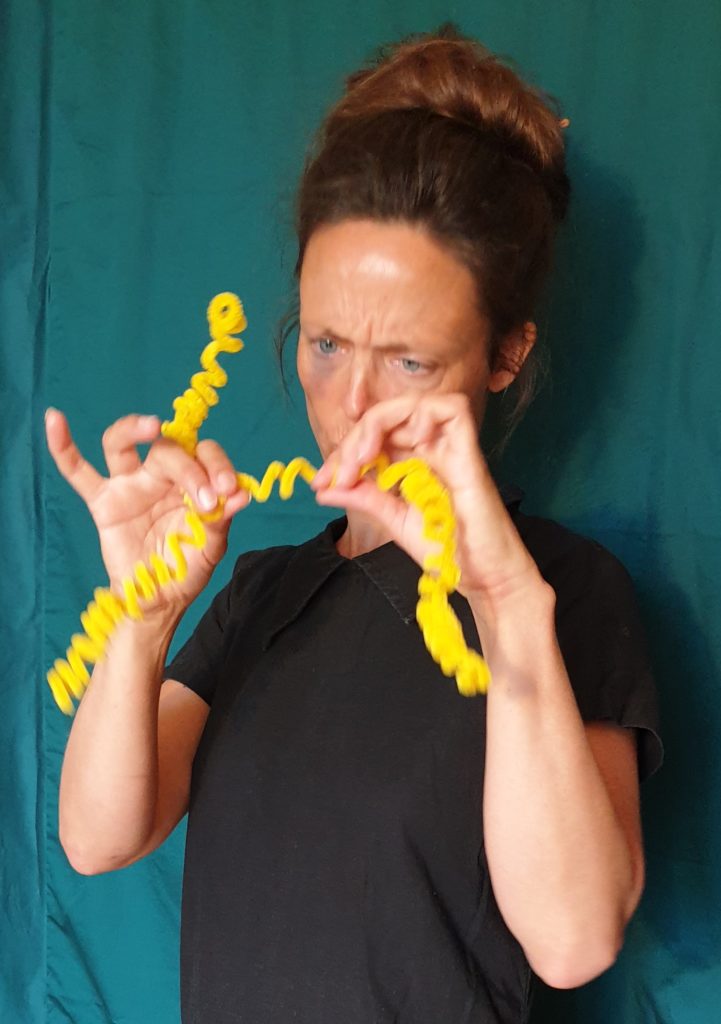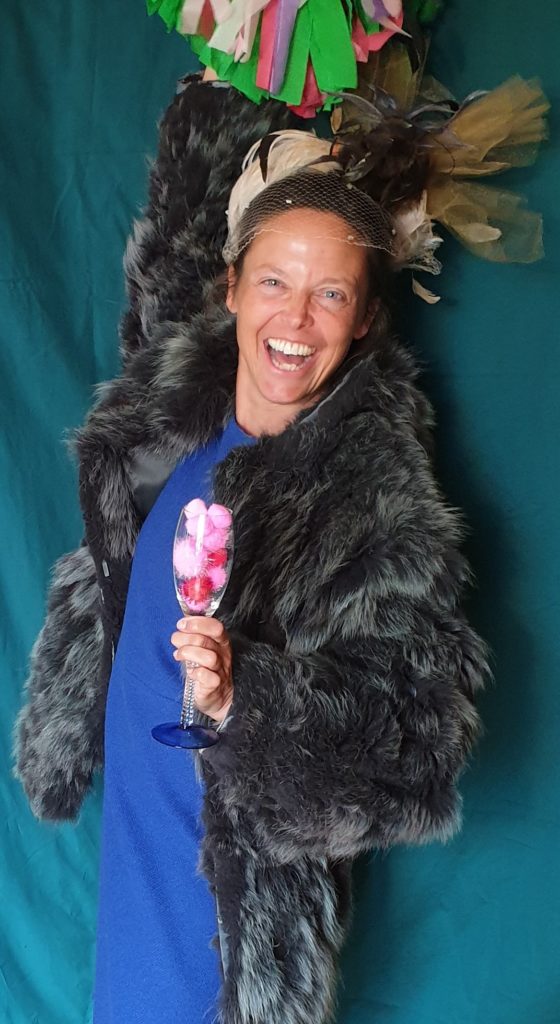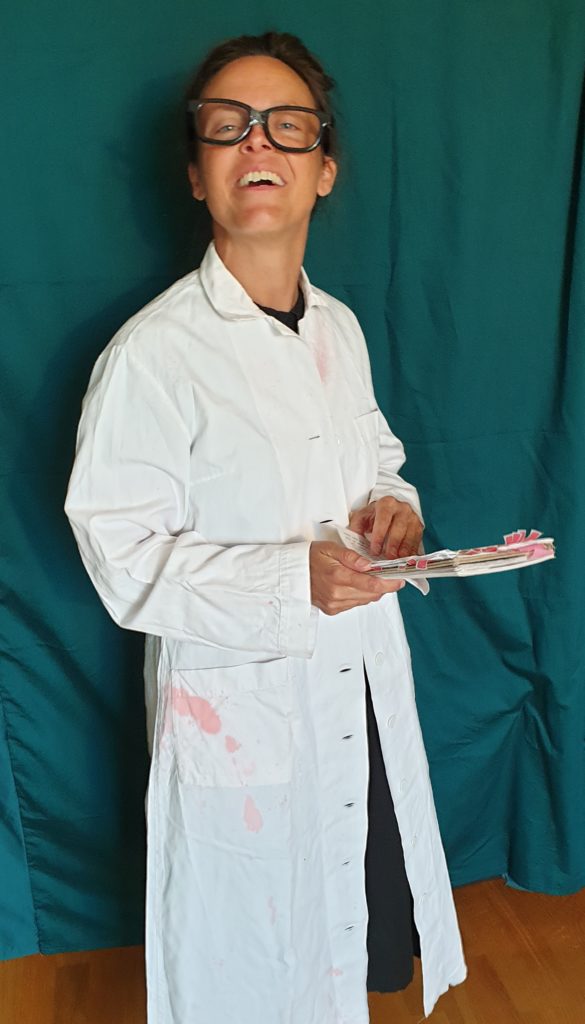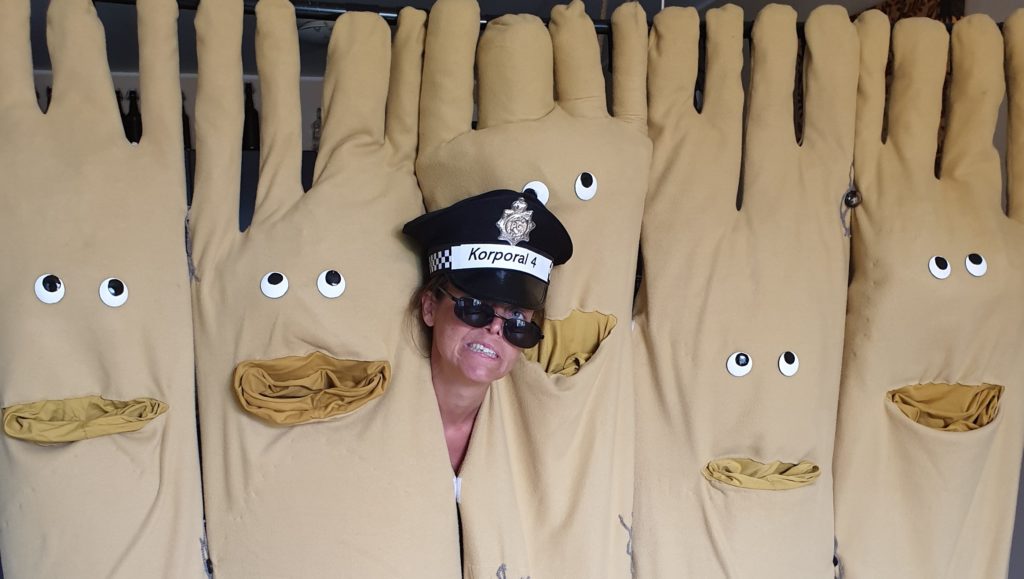
About the microbiome and communication across the gut / brain axis
Developed with input from the National Competence Service for Functional Gastrointestinal Diseases (NKFM) at Haukeland, Bergen
Have you ever had a stomach ache due to fear, or because someone have been mean to you? When we have pain, it may seem like a good idea to ingest a pill, you can for instance take antibiotics to kill bacteria. They are known for causing disease. However, this theatre performance lets the audience experience how antibiotics create chaos and disaster in the gut. Keep the story in mind the next time you consider making life difficult for your very best friends: the gut bacteria, also called the microbiome. Your body is an ecosystem consisting of more than yourself. A human is only one species among a thousand in your own body. Anyone who claims to live sustainably must not only preserve the environment of the world, but must also take care of the environment inside of you. When antibiotic goes havoc, species in the intestine are soon threatened with extinction. It’s not an easy matter to have them reintroduced.
Brain-gut axis: Is the communication from brain to gut and from gut to brain, via nerves and signaling molecules. The microbiome plays an important role in this communication by producing the signaling substances needed to initiate processes between the gut, the brain and the immune system.

LACTOLISE AND CLOSTRUDE – Best friends forever
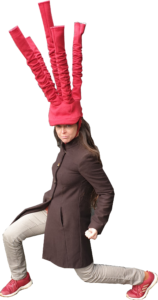
The audience experience the society which unfolds under our skin: consisting of interactions between the immune system and pathogens, and among cells with different tasks. They get to act out immune cells and bacteria behaving bad. This way they gain insight into what a researcher actually struggles with and what the terms research and the scientific method entail. The performance illustrates how certain environments and experiences can bring out the worst in us, while good friendships help us treat each other with respect.
This is the story of Lactolise (Lactobacillus) and her friend ClosTrude (Clostridium Difficile). LactoLise is a dutiful, industrious lady, almmost on the verge of being boring, while ClosTrude is an eccentric chick wearing the latest fashion. ClosTrude has a short fuse, and a difficult past that may catch up with her, but she has an important role to play in the ecology of the gut. She is the uninvited guest we have grown accustomed to, and eventually dependent on.

She takes a lot of room, both sound and space wise, but that is how she keeps unwanted bacteria away. Besides, she is Lactolise’s very best friend. The play opens on a busy day for LactoLise. She is in a heated discussion with some epithelial cells, a rather pedantic bunch of cells who are very much concerned that no one should sneak between them as they stand shoulder to shoulder to prevent passage from the gut into the blood.
LactoLise causes the epithelial cells to produce mucus and (through peristalsis) push food down the intestine. She also makes sure that the brain gets the serotonin it needs to remain content. A smiling brain appears over the stage curtain like a spirit who watches over us all. Between the skirmishes, LactoLise digests excess fiber not found worth eating by epithelial cells. ClosTrude talks loudly about herself and challenges the audiences to play bacteria, but as the volunteers enters the stage they receive a reprimand like no other, and have to return to their seat.
One day, both bacterial friendship and gut health are put to a serious test. We make the audience bully the brain. That creates a bad atmosphere in the gut where LactoLise and ClosTrude lives. To remedy the stomach ache, the body decides to invite Anton I. Biotics. This decision will soon be regretted. LactoLise now is killed and can no longer perform her tasks, including keeping ClosTrude in check, which allows ClosTrude to change personality and create chaos. She lets all kinds of bacteria into the gut, despite loud protests from the epithelial cells, which now rightly fear that someone will come close to them and escape through the intestinal wall. That is exactly what happens. Audiences play bacteria with evil intentions, they do just as they please. The mucus layer is torn off and the
intestine becomes leaky. As if that wasn’t enough, the immune system interferes. Their contribution is beneficial for a while, but not when it lasts forever, and both bacteria and the body’s own healthy cells end up eaten by the cell Fagus Ferdinand. The gut has developed chronic inflammation. Tragically, the inflammation is caused by a certain immune cell, T-Reggae. His job is to ask the other immune cells to cool down when the job is done, which he does by playing reggae music. But now he has completely forgotten his task. An audience member playing T-Reggae is too busy killing bacteria. No one in the immune system is told to cool off. Even if we did gain control of the immune system, we still lack LactoLise, which means ClosTrude can continue her madness uninterrupted. Who, then, will make vitamin K, short-chain fatty acids and handle 1000 species of bacteria entering the gut every day? A researcher enters the stage and asks how we can supply the gut with new LactoLise. We consider fecal transplantation (donation of poop), but conclude that a spoonful of yougurt will do the trick. Fermented milk products are a great source of new LactoLise bacteria, which forces ClosTrude to behave. A spoon of yogurt saves both gut and brain.




